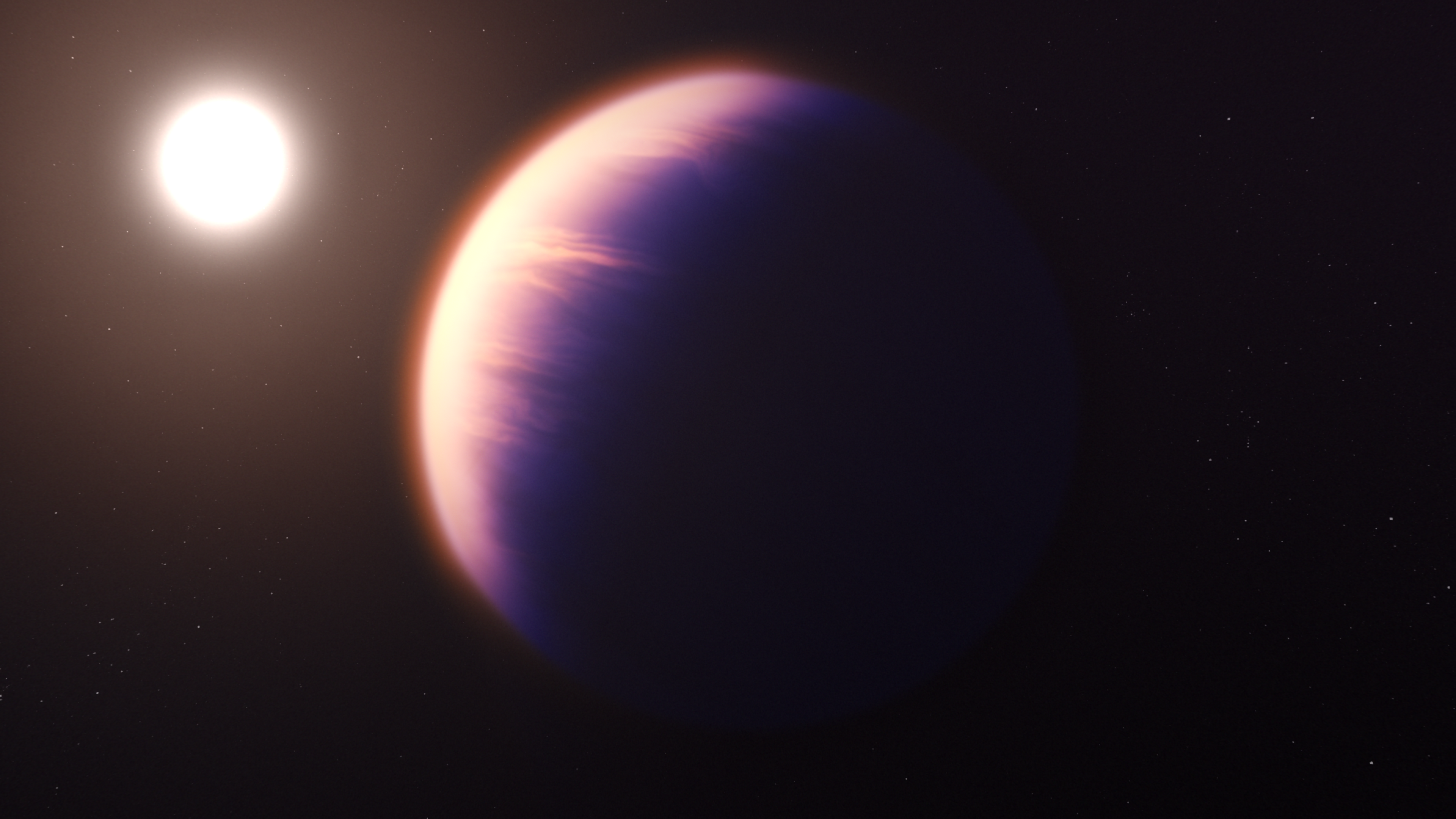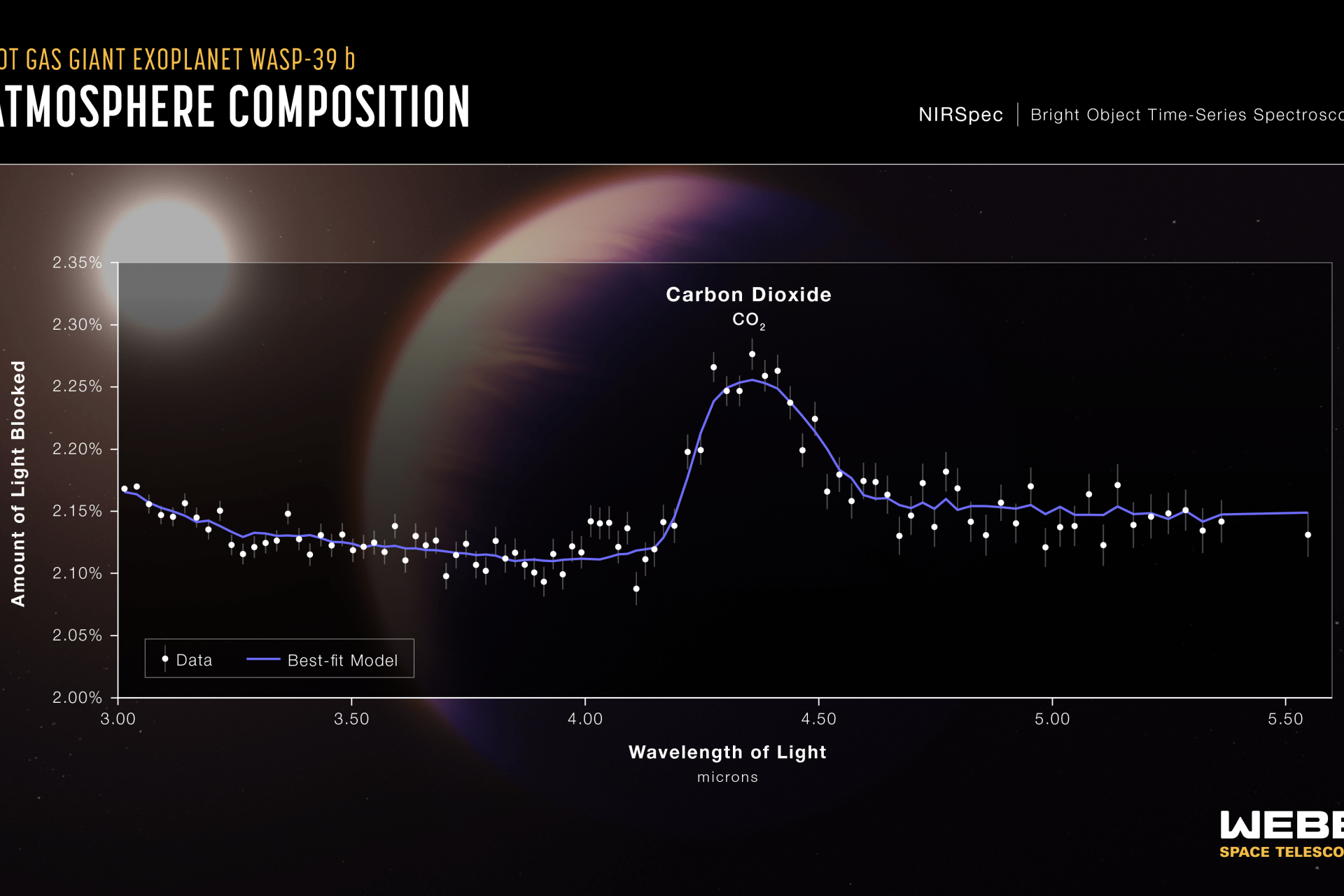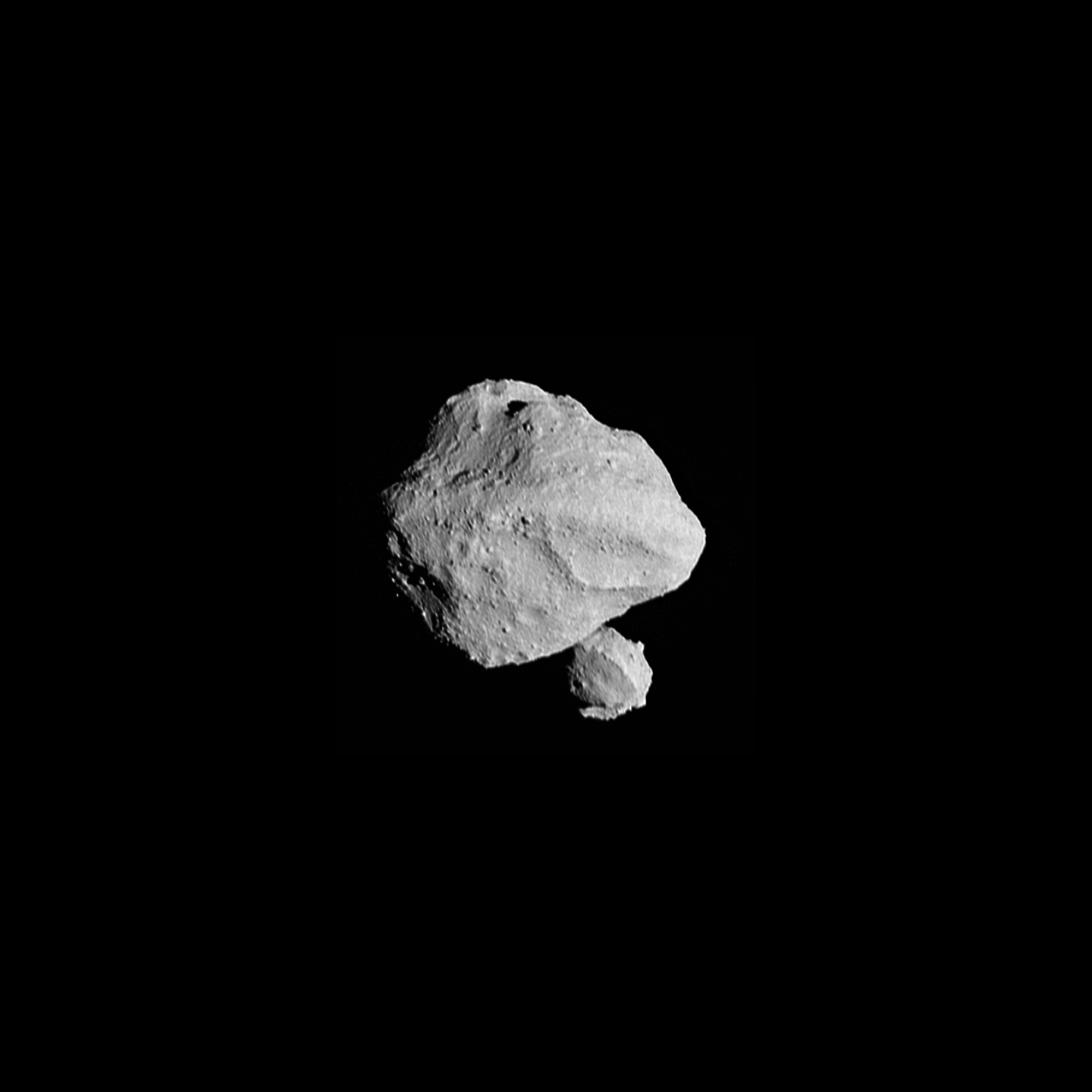From capturing sharp infrared images of Jupiter and three of its moons to capturing images of the farthest, oldest galaxies anyone has ever seen, NASA’s James Webb Space Telescope has blown everyone away.

But Webb just keeps on giving. Scientists now report in a new study accepted for publication in Nature that the telescope has for the first time definitively detected carbon dioxide in the atmosphere of an exoplanet — a planet orbiting another star. It’s a major milestone that underscores Webb’s incredible capabilities and promises exciting results to come when researchers use the telescope to peer at smaller, more Earth-like worlds around the galaxy.
“It’s very exciting!” exclaimed Kevin Stevenson, an astrophysicist at the Johns Hopkins Applied Physics Laboratory in Laurel, Maryland, and a study co-author. “We’ve never had access to the wavelengths needed to see the molecular signature of carbon dioxide. Webb is turning exoplanet science into planetary science.”
As part of NASA’s Early Release Science Program to evaluate Webb’s full scientific capabilities, the team tested the telescope’s Near-Infrared Spectrograph (NIRSpec) instrument by observing a simmering Jupiter-sized exoplanet called WASP-39b. As the planet passed in front of its star on July 10, molecules in the atmosphere absorbed specific wavelengths of starlight beaming through. NIRSpec measured which wavelengths were affected — from red wavelengths at visible light to invisible infrared ones — and the team then determined which molecules were likely responsible.
Researchers already had some hints from the Spitzer space telescope that WASP-39b’s atmosphere has carbon dioxide. But there, for the first time at the infrared wavelength of 4.3 micrometers (4.3 millionths of a meter across), was the clear, indisputable evidence.
“You could literally see it in the raw data, the signal is that strong,” Stevenson said. “Normally, we’re talking about minuscule signals that are very difficult to see; but here, you don’t need to run models, you don’t even need to compute statistics to determine if it’s significant. It’s just, ‘Yep, there it is!’”

The spectrum, which the team posted Aug. 25 on the preprint server arXiv, also showed clear signs of water and carbon monoxide in WASP-39b’s atmosphere. There was even a signal not yet linked to a specific molecule present.
Carbon dioxide, however, was particularly important because it has significance at all levels of exoplanet research. It’s useful for determining how much of the atmosphere is neither hydrogen nor helium — a characteristic called its metallicity. Based on our own solar system, scientists believe more massive planets should have lower metallicity and less massive planets should have higher metallicity. But they haven’t been able to confirm that trend yet in exoplanets.
“Webb will soon tell us the answer, through the detection of carbon dioxide in just a few more planets,” Stevenson said.
It’s also a molecule expected on smaller rocky planets like Earth, Venus and Mars, all of which have carbon dioxide as a major constituent of their atmospheres.
“Just seeing the carbon dioxide signal in an exoplanet atmosphere is a big deal,” said David Sing, an exoplanet scientist at Johns Hopkins University in Baltimore and a co-author on the study. “It shows we broadly can detect this key molecule across the exoplanet landscape, not just in very hot gas giants like this one, but also in more terrestrial environments.”
That’s ultimately the team’s objective: determining whether small, rocky planets orbiting the Milky Way’s red dwarf stars — the most abundant stars in the galaxy — have atmospheres to use as a stepping stone to determine those planets’ habitability.
“To date, we haven’t seen a single spectroscopic signal of an atmosphere around a rocky planet because we’ve been looking at the wrong wavelengths,” Sing said. “With Webb, we can really start to find and study the atmospheres around exoplanets for the first time. It’s like getting to open 15 doors all at once. The hard part is knowing which one to go through first.”

Related Topics
For Media Inquiries
For all media inquiries, including permission to use images or video in our gallery, please contact:
Michael Buckley
All Media Resources

